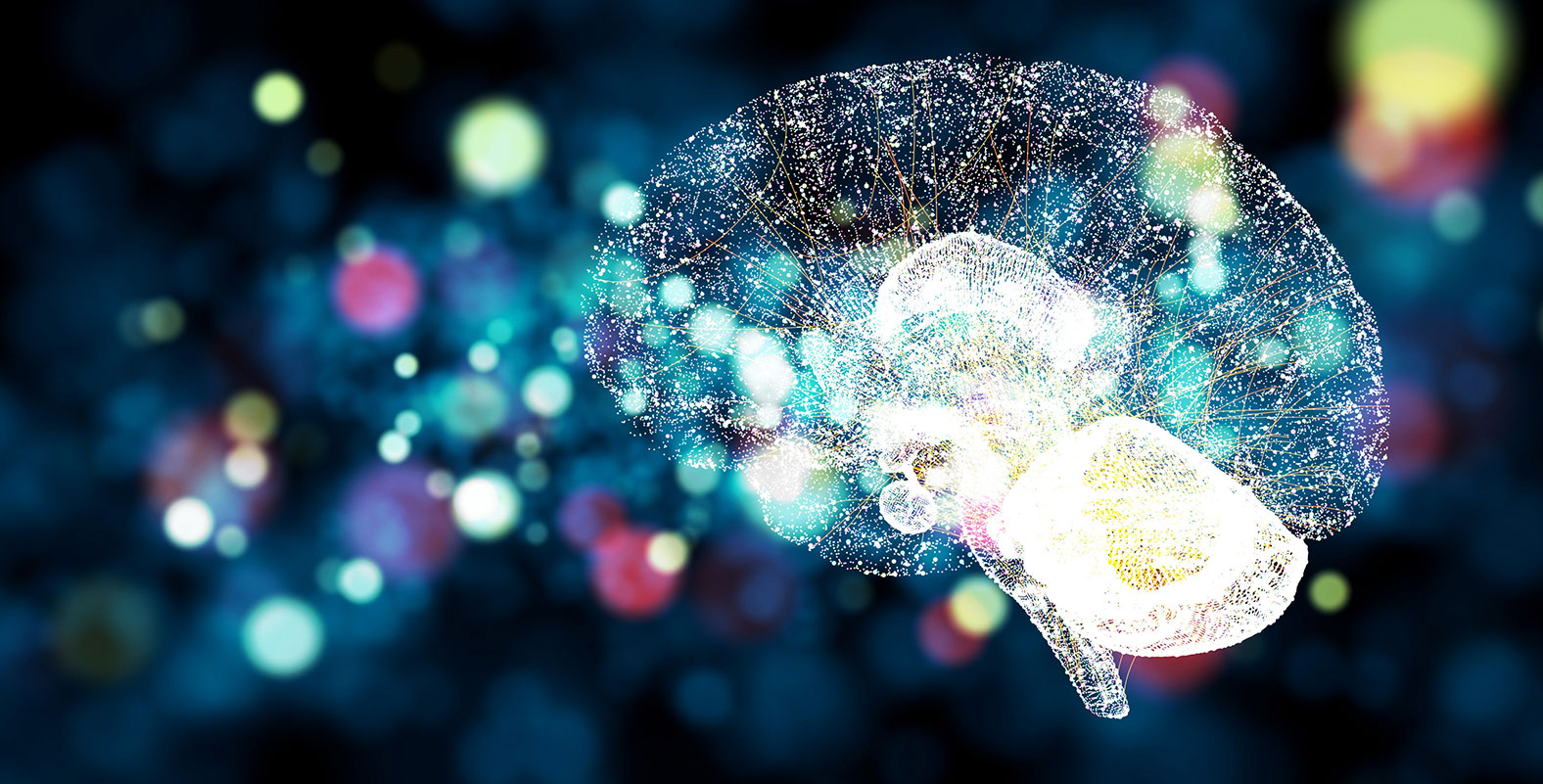
In November we had the pleasure of attending the 2022 Conference on Neural Information Processing Systems (NeurIPS) held in New Orleans. The conference features talks and workshops on a wide range of topics related to AI and machine learning. It covers research on both theoretical methods and practical applications in a variety of fields, from astrophysics to humanitarian assistance. This year over 10,000 people attended NeurIPS, making it one of the key hubs for machine learning researchers and practitioners to meet, exchange knowledge and ideas, and start new collaborations.
One of the highlights of the conference was the workshop on Machine Learning and the Physical Sciences. The intersection between these two fields has the potential to help us gain new understandings of physical principles, develop new technologies and materials, and tackle pressing real-world issues such as climate change. However, there are several challenges: physical systems are often highly complex, there can be issues with limited or noisy data, and producing useful models typically requires combining knowledge of machine learning with deep domain-specific expertise. The workshop provided a space to discuss work being done to tackle these challenges, covering a variety of high-impact research: from using generative models to simulate collider physics detectors, to supporting food security through earth observations with limited labeled data.
Federico Felici presented his team’s work on successfully using Deep Reinforcement Learning to control plasma in a tokamak, a device being researched to create a controlled nuclear fusion reaction. This research was particularly exciting as it combined the use of Deep Reinforcement Learning with a real world application that is extremely challenging, but which could have incredible impact, potentially helping to accelerate progress on nuclear fusion and more sustainable energy generation. Federico’s presentation touched upon some interesting issues faced by his team, particularly in regards to the constraints and trade-offs they faced when using an RL algorithm (which can require large amounts of data to train) in combination with Tokamak simulators (which are computationally expensive to run and therefore relatively slow in producing data, on top of showing lower levels of accuracy in certain regions).
Another area where AI can help generate positive impact in the world was addressed by the workshop on AI for Accelerated Materials Design, which focused on using machine learning to discover new materials with desirable properties and improved performance. A particular highlight was the presentation on recent advances on self-driving laboratories: labs that can autonomously plan and carry out experiments to optimise materials in a more efficient way than a human could. The Berlinguette Research group presented their self-driving lab, Ada, which specialises in optimising spray coating solutions. Thin films and coatings are required by many clean technologies (from batteries to solar cells), but can be difficult and expensive to apply to large areas. Spray-coating is a cheap and easily scalable solution, but it is hard to optimise and so far has shown sub par performance compared to more expensive technologies. Ada allowed the researchers to substantially improve the quality of spray coating using a fully autonomous closed loop workflow: a robot arm moves samples between the different lab stations, while the lab stations automatically mix precursor inks, spray coat the obtained solution, and then characterise the resulting coating. The data on the experiment setup and results are then fed to a bayesian optimisation algorithm that plans the next experiment.
One of the challenges of applying machine learning to real world scenario is bridging the gap between the idealised assumptions made when developing theoretical methods and the realities of the physical world. For example, many machine learning models are based on the assumption that the data distribution remains unchanged through time (ie: that the data keeps behaving the same way). However, this is often not the case in the real world: for example, financial markets behave differently now compared to twenty years ago because there have been several changes in that time (such as government policy), and their behaviour will likely continue to evolve. The workshop Distribution Shifts: Connecting Methods and Applications highlighted some of the important work being done to build machine learning models that are robust to these changes, such as state of the art methods to perform data augmentation on time series with distribution shifts, or to detect harmful covariate shifts between training and test set. It also covered ways to repurpose tools from other areas of machine learning, such as using Shapley values (typically used to explain how a model’s prediction is influenced by the different input features) to visualise non-obvious distribution shifts that may be happening in time series data.
The research presented at these workshops is highly relevant to the work we’re doing at Carbon Re. In order to decarbonise the cement industry using AI we need to be able to model the complex dynamics of a cement plant, which requires combining expertise in machine learning, physics, and cement process engineering. Currently, our plant simulations are mostly data driven, which means that data quality is one of our highest priorities, and we invest considerable periods of time understanding how our data behaves and how it changes with time. In fact, cement plants are not static: components wear out over time, some of them get replaced, and suppliers of raw materials might change. These constant changes require us to pay close attention to shifts in data distributions.
In addition to improving our current models and systems, we are always looking to stay up to date with research that is relevant to our future projects, and the workshop on AI for Accelerated Materials Design was a particularly good fit. In fact, the tools we are building, combined with the data and knowledge we are acquiring on cement and steel, will allow us to make a meaningful contribution to the current research on developing novel sustainable materials and we look forward to presenting our work in the future.
During the conference we also had the pleasure of connecting with fantastic researchers from Climate Change AI, a non-profit focusing on promoting impactful research at the intersection of machine learning and climate change. Their members have been working on a variety of applications, such as Graph Neural Networks for geographic data, Bayesian Optimisation for active monitoring of air pollution, and foundation models for earth monitoring.
It was inspiring to see the different ways that machine learning teams are contributing to the global progress towards a more sustainable future, and we are excited to start collaborating with the community.
READ THIS NEXT

